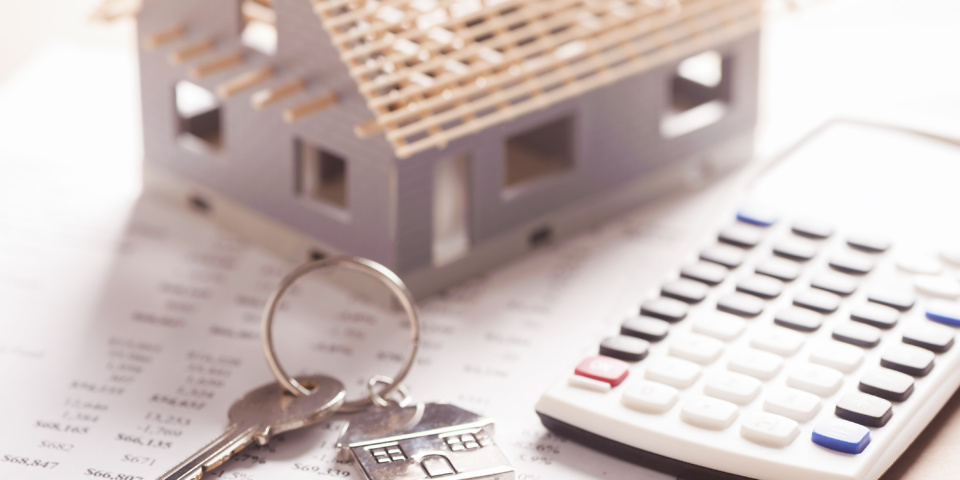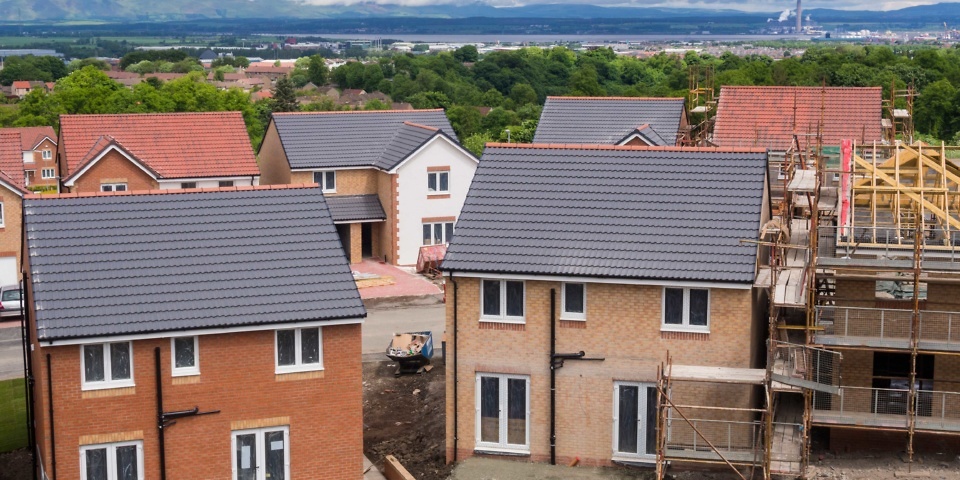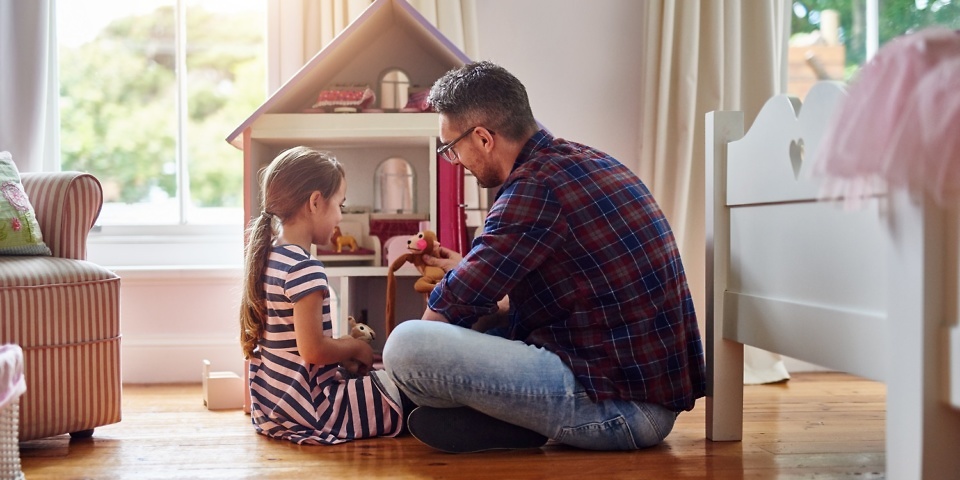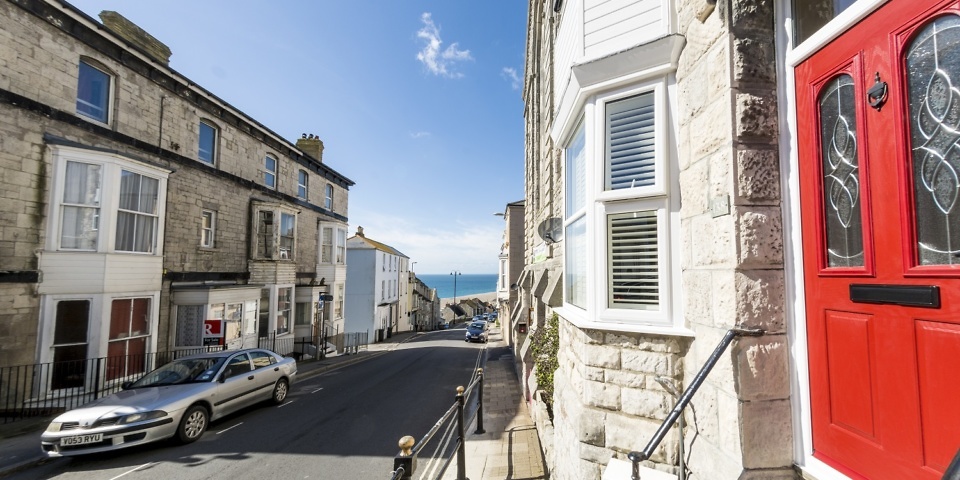
The government’s Help to Buy scheme has aided a lot more than 150,000 property purchases – but new stats reveal that a significant part of buyers are high-income earners.
Since it’s launch in April 2013, 158,883 equity loans happen to be granted through Assistance to Buy, with 128,317 (81%) of these likely to first-time buyers.
But the number of higher earners have taken advantage of while using scheme? Which? stops working the data and appears at whether first-time buyers with small deposits may be better looking elsewhere.
Helping high earners to buy?
There’s no doubt which help to purchase has aided many first-time buyers in their quest to jump on towards the property ladder. But could it be also offering a leg-up to those who curently have strong incomes?
Official data shows that from the scheme’s launch in April 2013 to the end of 2022, nearly one in ten (15,737) Help to Buy properties went to buyers with household incomes in excess of lb80,000.
And remarkably, 6,211 homes were bought by applicants with household incomes of more than lb100,000.
Overall, the median household salary of first-time buyers using the scheme was lb44,068.
The median income for taxpayers aged 30-34 is lb25,200, based on ONS data. If you presume that lots of Assistance to Buy properties are purchased with a couple, that tracks fairly closely to the Assistance to Buy median income.
The table below shows the various income bands of homes purchasing homes using Assistance to Buy.
| Household income | First-time buyer completions | Overall completions |
| lb0-lb20,000 | 2,917 (2%) | 3,222 (2%) |
| lb20,001-lb30,000 | 19,143 (15%) | 21,153 (13%) |
| lb30,001-lb40,000 | 30,213 (24%) | 34,938 (22%) |
| lb40,001-lb50,000 | 27,918 (22%) | 34,583 (22%) |
| lb50,001-lb60,000 | 18,575 (14%) | 24,459 (15%) |
| lb60,001-lb80,000 | 17,817 (14%) | 24,791 (16%) |
| lb80,001-lb100,000 | 6,939 (5%) | 9,526 (6%) |
| lb100,000+ | 4,795 (4%) | 6,211 (4%) |
House prices under Help to Buy
Help to Buy only pertains to new-build homes, which may be significantly more expensive than older properties.
But there are some questions over whether the Assistance to Buy scheme also inflates the need for already pricey homes.
The Land Registry’s house price index shows the typical new-build bought from March this season cost lb302,522, in contrast to lb237,206 for existing properties – which first-time buyers paid an average of lb201,635 to get on to the property ladder.
While it’s hard to directly compare two different datasets, this is dwarfed by the lb249,950 paid by first-time buyers using Assistance to Buy in the final quarter of 2022.
A report released last Autumn by Morgan Stanley discovered that the cost of new-builds had outstripped second-hand homes by 15% because the launch of Help to Buy.
Help to purchase equity loans and slowing house prices
Paying a premium might seem worthwhile if it allows you to get on the home ladder faster and benefit from capital growth.
However, once we reported last month, house price stagnation will have a major effect on those with Help to Buy homes.
This is because of the equity loan. After the first 5 years, you begin to pay for interest in your loan – and in some cases, this coincides with paying better pay on your mortgage (should you took out a five-year fixed-rate mortgage when you bought the home).
Remortgaging can be hard within this position as many lenders require you to pay off the equity loan, challenging that could be beyond your means if your property value fails to rise.
Should you get a 95% mortgage instead?
While Help to Buy offers you an opportunity to purchase a home with a 5% deposit, it is possible to do this without needing the scheme.
Indeed, data from Moneyfacts released earlier this week implies that 95% mortgage deals are bucking the popularity of rate rises – with the average two-year fixed-rate deal dropping to 4.06% per month, and the average five-year product at 4.43%.
On top of this, the number of 95% deals available has increased significantly this year and lenders for example Atom Bank have entered the market with competitive rates.
While these costs are higher than you’ll pay with Help to Buy (as you’ll only take out a 75% mortgage), they open up the potential of buying a current home in addition to new-builds, which might permit you to buy for less.
It’s worth also considering if you could possibly save a bit more or hold off on your buy for a while.
We recently discovered that buyers having a 10% deposit could save as much as 1% on their type of loan by getting a 90% mortgage rather than a 95% deal.








